How To Find Magnification Of A Camera Lens?
Understanding how to find the magnification of a camera lens is crucial for photographers who want to capture detailed images, whether for macro photography, wildlife photography, or any other genre that requires precise magnification. This article will delve into the concept of lens magnification, the methods to calculate it, and practical tips to achieve the desired magnification in your photography.
What is Lens Magnification?
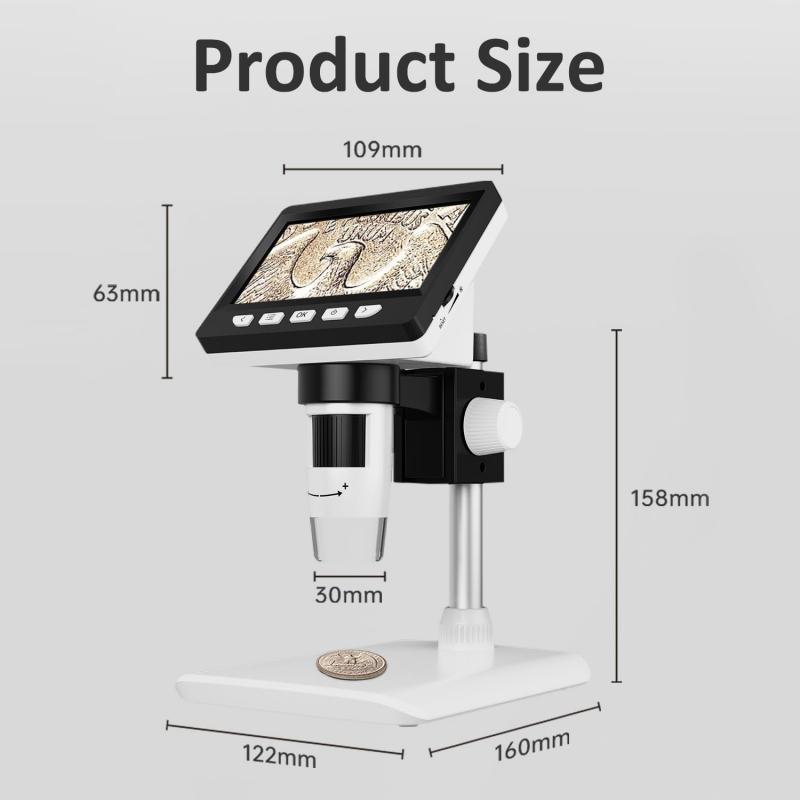
Lens magnification refers to the ratio of the size of the image produced on the camera sensor to the actual size of the subject being photographed. In simpler terms, it tells you how much larger or smaller the subject appears in the photograph compared to its real-life size. This is particularly important in macro photography, where capturing fine details is essential.
Why is Magnification Important?
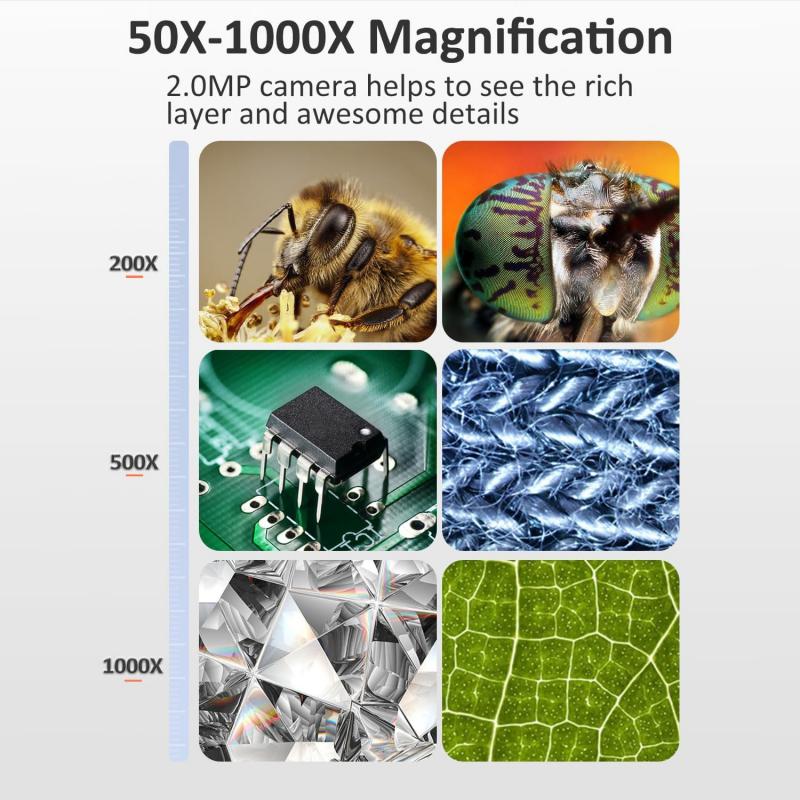
Understanding and controlling magnification is vital for several reasons:
1. Detail Capture: Higher magnification allows you to capture intricate details of small subjects, such as insects or flowers.
2. Composition: Knowing the magnification helps in framing your subject correctly within the image.
3. Depth of Field: Magnification affects the depth of field, which is crucial for achieving the desired focus and background blur.
4. Image Quality: Proper magnification ensures that the subject is neither too small nor too large, maintaining the image quality and sharpness.
How to Calculate Magnification
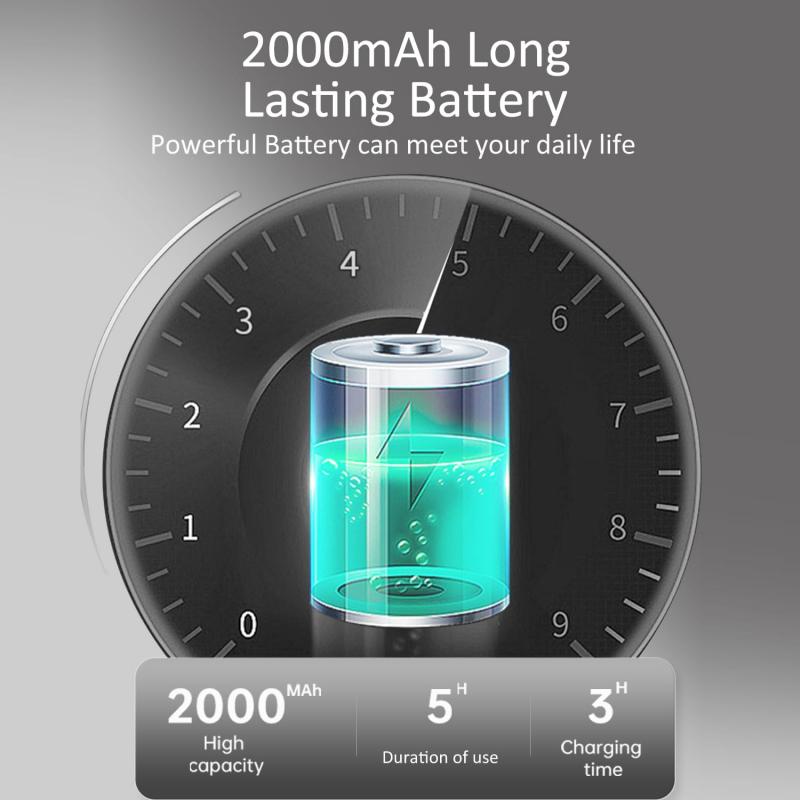
There are several methods to calculate the magnification of a camera lens. Here are the most common ones:
1. Using the Lens Specifications
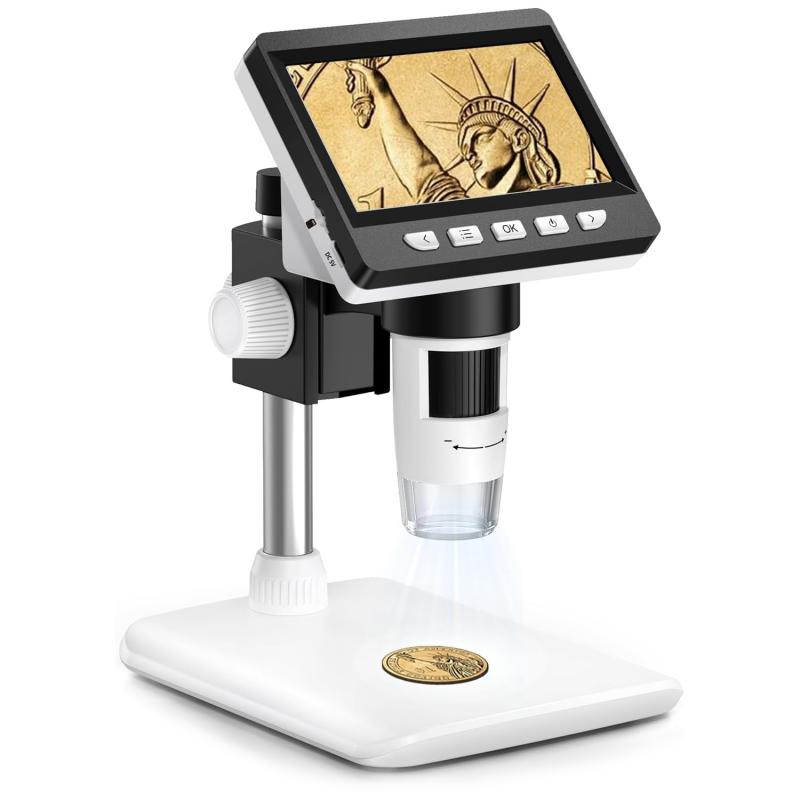
Most camera lenses come with specifications that include the maximum magnification ratio. This ratio is often denoted as 1:1, 1:2, 1:3, etc. A 1:1 ratio means that the subject is projected onto the sensor at its actual size, while a 1:2 ratio means the subject is projected at half its actual size.
2. Using the Focal Length and Distance
Magnification can also be calculated using the focal length of the lens and the distance between the lens and the subject. The formula is:
\[ \text{Magnification} = \frac{\text{Focal Length}}{\text{Distance to Subject}} \]
For example, if you are using a 100mm lens and the subject is 200mm away, the magnification would be:
\[ \text{Magnification} = \frac{100}{200} = 0.5 \]
This means the subject will appear half its actual size on the sensor.
3. Using Extension Tubes
Extension tubes are accessories that increase the distance between the lens and the camera sensor, thereby increasing magnification. The magnification achieved with extension tubes can be calculated using the formula:
\[ \text{Magnification} = \frac{\text{Extension Tube Length}}{\text{Focal Length}} \]
For instance, if you use a 25mm extension tube with a 50mm lens, the magnification would be:
\[ \text{Magnification} = \frac{25}{50} = 0.5 \]
This means the subject will appear half its actual size on the sensor.
Practical Tips for Achieving Desired Magnification
1. Choose the Right Lens
Selecting the appropriate lens is the first step in achieving the desired magnification. Macro lenses are specifically designed for high magnification and close-up photography. They typically offer a 1:1 magnification ratio, making them ideal for capturing fine details.
2. Use Extension Tubes or Close-Up Filters
If you don't have a macro lens, extension tubes or close-up filters can be a cost-effective alternative. Extension tubes increase the distance between the lens and the sensor, while close-up filters attach to the front of the lens to reduce the minimum focusing distance.
3. Adjust the Distance to the Subject
The distance between the lens and the subject significantly affects magnification. Moving closer to the subject increases magnification, while moving away decreases it. However, be mindful of the minimum focusing distance of your lens to avoid blurry images.
4. Use a Tripod
High magnification often results in a shallow depth of field, making it challenging to keep the subject in focus. Using a tripod stabilizes the camera, allowing for precise focusing and reducing the risk of camera shake.
5. Focus Stacking
Focus stacking is a technique where multiple images are taken at different focus distances and then combined in post-processing to achieve a greater depth of field. This is particularly useful in macro photography, where achieving sufficient depth of field can be challenging.
6. Use Manual Focus
Autofocus can struggle at high magnifications, especially in low light conditions. Switching to manual focus allows for more precise control, ensuring that the critical parts of the subject are sharp.
Common Challenges and Solutions
1. Shallow Depth of Field
At high magnifications, the depth of field becomes extremely shallow, making it difficult to keep the entire subject in focus. To mitigate this, use a smaller aperture (higher f-number) to increase the depth of field. However, be cautious of diffraction, which can reduce image sharpness at very small apertures.
2. Camera Shake
Camera shake is more pronounced at high magnifications, leading to blurry images. Using a tripod, remote shutter release, or the camera's self-timer can help minimize camera shake.
3. Lighting
Proper lighting is crucial for high-magnification photography. Using a ring light or external flash can provide even illumination and reduce shadows. Reflectors can also be used to direct light onto the subject.
Understanding how to find and control the magnification of a camera lens is essential for capturing detailed and high-quality images. Whether you're using a dedicated macro lens, extension tubes, or close-up filters, knowing the principles of magnification will enhance your photography skills. By choosing the right equipment, adjusting the distance to the subject, and employing techniques like focus stacking and manual focus, you can achieve the desired magnification and create stunning images.
In summary, mastering lens magnification involves a combination of technical knowledge and practical application. By following the tips and methods outlined in this article, you'll be well-equipped to tackle any photographic challenge that requires precise magnification. Happy shooting!



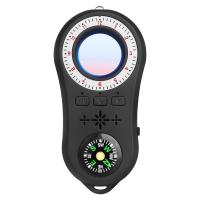
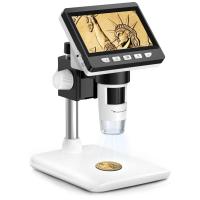
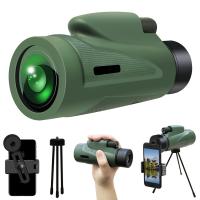

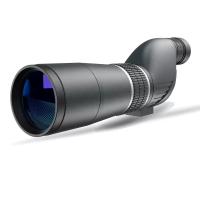
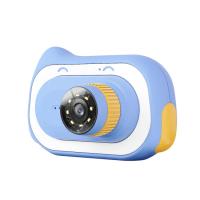


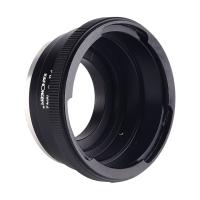

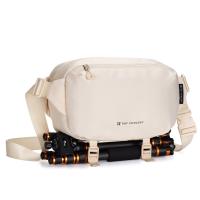
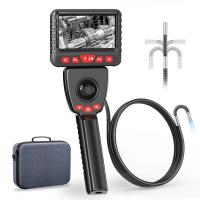
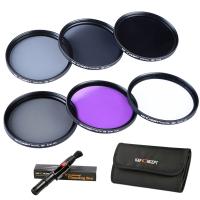
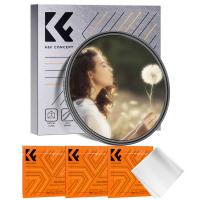





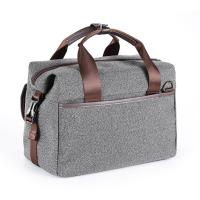
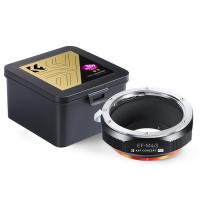
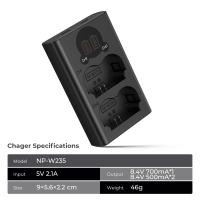
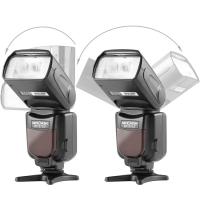
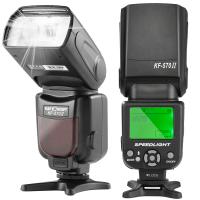



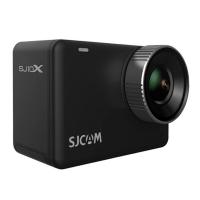






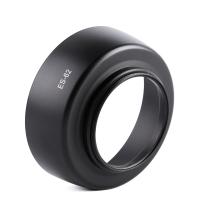
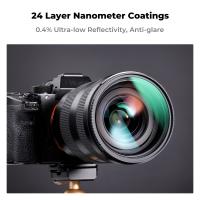
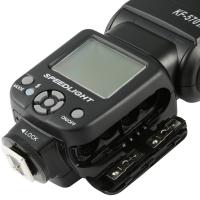
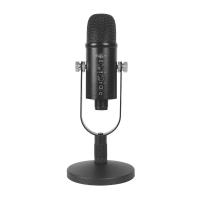

There are no comments for this blog.